- Vivien Cumming
Scotland is known for its rugged and mountainous landscape, but most of us do not realise that its rocks are some of the oldest in the world. They tell the story of some of the biggest changes in Earth's history.

Scotland's landscape holds many of Earth's secrets (Credit: Vivien Cumming)
Scotland's rocks were among the first to be studied by 19th-Century geologists. Those studies formed the grounding for our modern understanding of earth processes like plate tectonics and climate change.
The region known as Assynt is arguably one of the most stunning areas of Scotland. It is here that Earth's history is recorded for all to see.

Looking over Assynt's landscape from the top of Suilven (Credit: Vivien Cumming)
If you drive along the A837, along the shores of Loch Assynt, you are actually driving through Earth's history. You might not notice this at first, because on one side you have "boring" rocks and on the other the stunning Loch Assynt. But in fact it is those seemingly mundane rocks that hold some of Earth's biggest secrets.
By the way, we hope this goes without saying, but if you want to experience this for yourself, for safety's sake let someone else do the driving.

The shore of Loch Assynt (Credit: Vivien Cumming)
The rocks exposed beside the road in the west, at the Lochinver end of the Loch, are extremely ancient. They are a kind of rock called "Lewisian gneiss" and are over 3 billion years old. When they formed, the only life on Earth was single-celled microbes.
These rocks make up much of the low-lying, heather-covered craggy land in the area, running along the north-west coast of Scotland and into the Outer Hebrides. Nowadays they do not look anything like they would have when they were deposited. Earth's long history has heated, melted and wrenched them around, giving them a black-and-white stripy look.

The oldest rocks make up the low-lying land (Credit: Vivien Cumming)
Near Loch Assynt, on a beautiful beach at Achmelvich, you can see further evidence of how our world has changed. The rocks along the coast are twisted and contorted. They have been buried and crushed, heated and moved.

The beach at Achmelvich (Credit: Vivien Cumming)
For billions of years these old rocks were uplifted and eroded, until about 1 billion years ago when sandstone was deposited on top. This "Torridonian sandstone" now makes up some of the most spectacular peaks in the region, such as Suliven and Quinag. By the time this sandstone had been deposited, the level of oxygen in the atmosphere had risen and multicellular life was beginning to take hold.

Suilven's peak juts out over the landscape (Credit: Vivien Cumming)
As you cross the boundary between the ancient Lewisian gneiss and the newer Torridonian sandstone, you are making a 2-billion-year leap in Earth's history. No rocks were laid down in the intervening eons, so you instantly travel from a time when there was almost no oxygen in the air to a time when complex life was starting to proliferate.

Torridonian sandstone atop Suilven, looking out over older rocks (Credit: Vivien Cumming)
As you continue east along the loch towards Ardvreck Castle, you approach the junction with the A894. There, pink-and-white quartzite rocks make up the cliffs beside the road.
Towards the top of these rocks, you may be able to see odd pipe-like structures. This "pipe rock" is thought to be fossilised burrows, maybe formed by worm-like creatures.

Looking towards Loch Assynt and the A894. The pink-white rocks of the mountains are Cambrian quartzite (Credit: Vivien Cumming)
The pipe rock is part of a sequence of sedimentary rocks deposited during the Cambrian Period, which began 540 million years ago. This is one of the most important times in Earth's history as many new kinds of complex, multicellular life made their first appearance in the fossil record. Among many others, it was the origin of the famous trilobites.
These rocks were first deposited in the ocean. They are very similar to rocks on the east coast of North America, and form many of the mountains to the north and east of Ardvreck Castle.

Ardvreck castle in Loch Assynt, near mountains of Cambrian rock (Credit: Vivien Cumming)
After the Cambrian sedimentary rocks were deposited, the region underwent the "Caledonian Orogeny": a period when the rocks were squeezed from the sides, pushing them up to form mountains. This happened between 470 and 430 million years ago. Much of our understanding of the process of mountain-building comes from the early studies of these famous Scottish mountains.

View towards the Moine Thrust near Inchnadamph (Credit: Vivien Cumming)
But the geology does not stop with the dawn of complex life. Another famous geological hotspot in the region is known as the Moine Thrust, a place where the older Lewisian gneiss sits on top of the younger Cambrian quartzite.
This confused the 19th-Century geologists Benjamin Peach and John Horne, as rocks should lie from old to young going upwards as they were deposited. These two geologists made a discovery that still underpins our geological knowledge today. They realised that rocks could be twisted and even turned upside-down, just like in modern mountain ranges and active fault zones today.

Looking over the Assynt region (Credit: Vivien Cumming)
So if you ever visit Scotland, maybe take a drive along the A837. Remember the age of the Earth, and remember that the beautiful scenery was ultimately created by these slow geological processes.
This story is a part of BBC Britain – a series focused on exploring this extraordinary island, one story at a time. Readers outside of the UK can see every BBC Britain story by heading to the Britain homepage; you also can see our latest stories by following us on Facebook and Twitter.

 AuthaGraph
AuthaGraph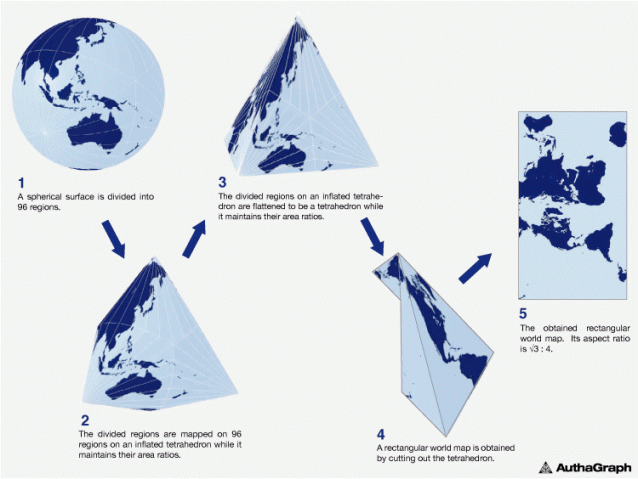 AuthaGraph
AuthaGraph




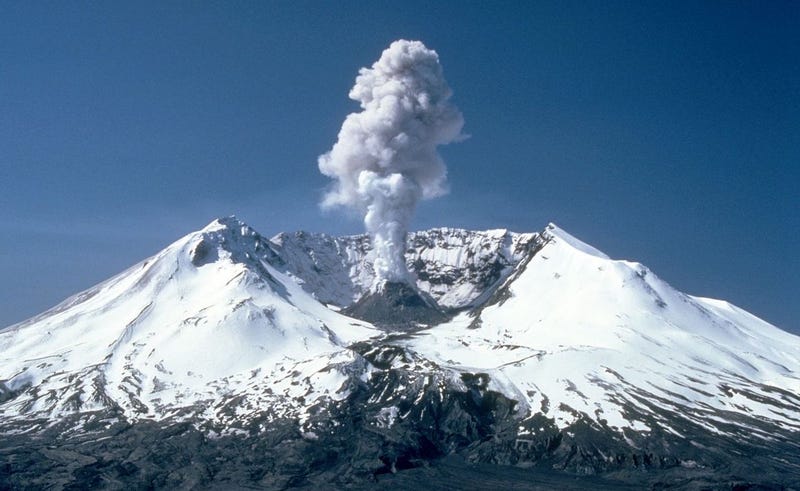 A A plume of steam and ash billowing out of Mt. Saint Helens in 1982, two years after the most destructive eruption in US history. Image: Wikimedia
A A plume of steam and ash billowing out of Mt. Saint Helens in 1982, two years after the most destructive eruption in US history. Image: Wikimedia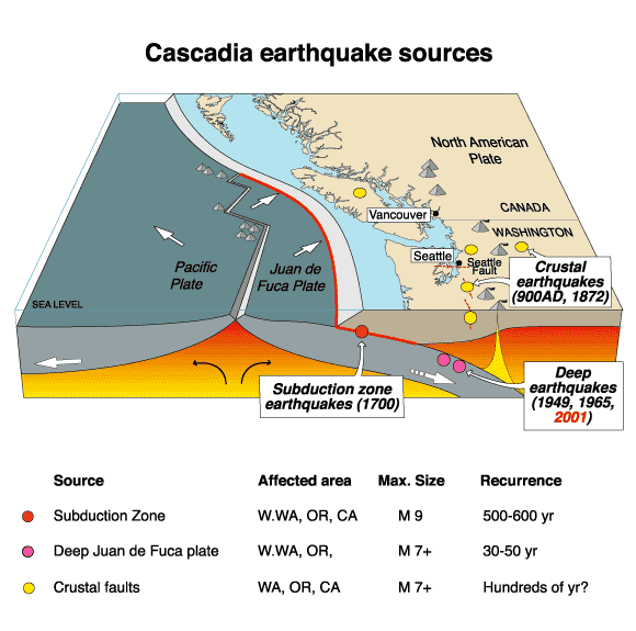

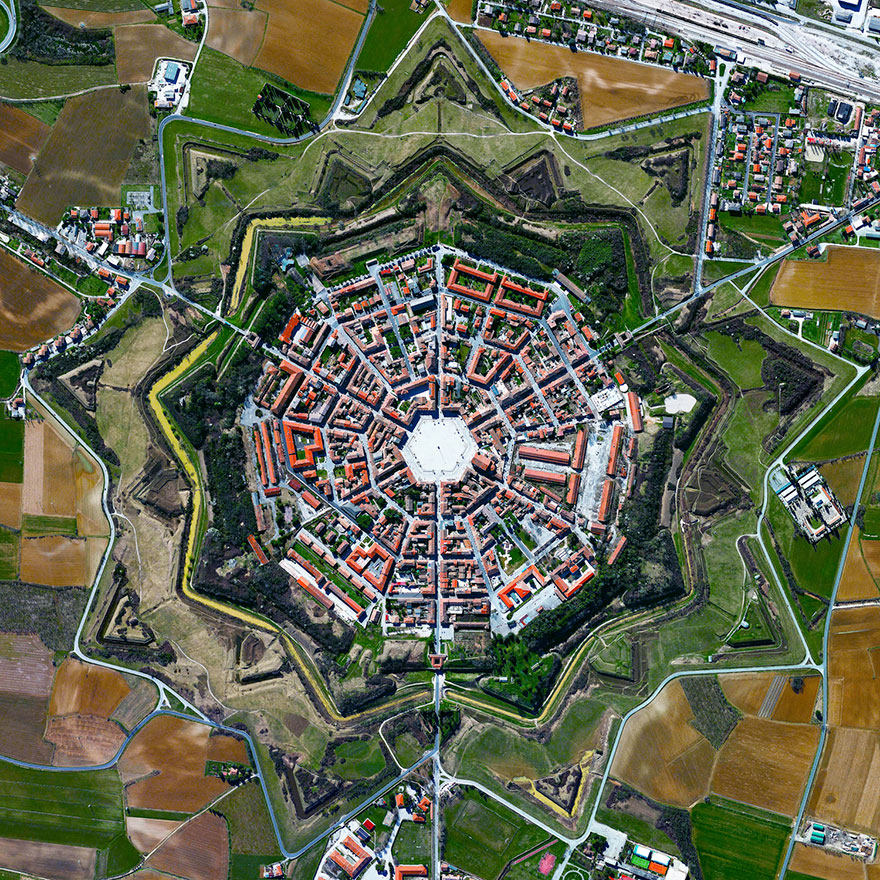
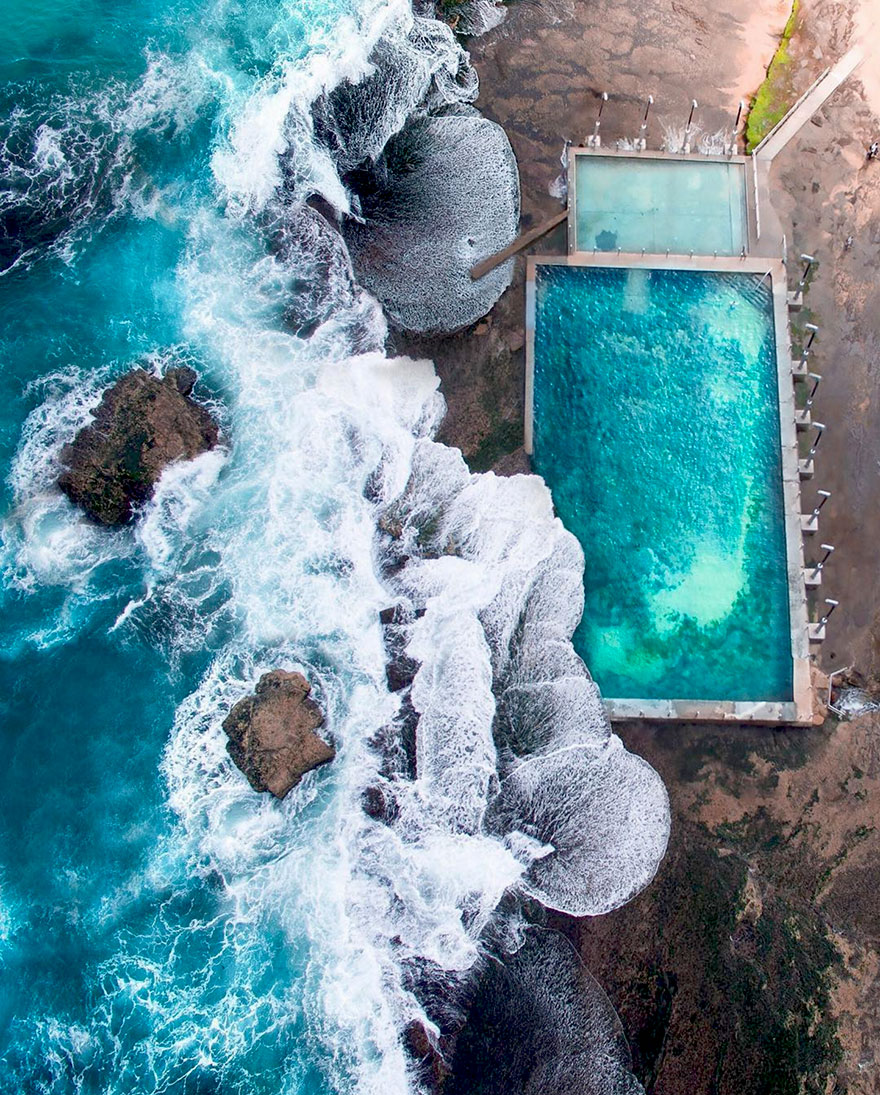
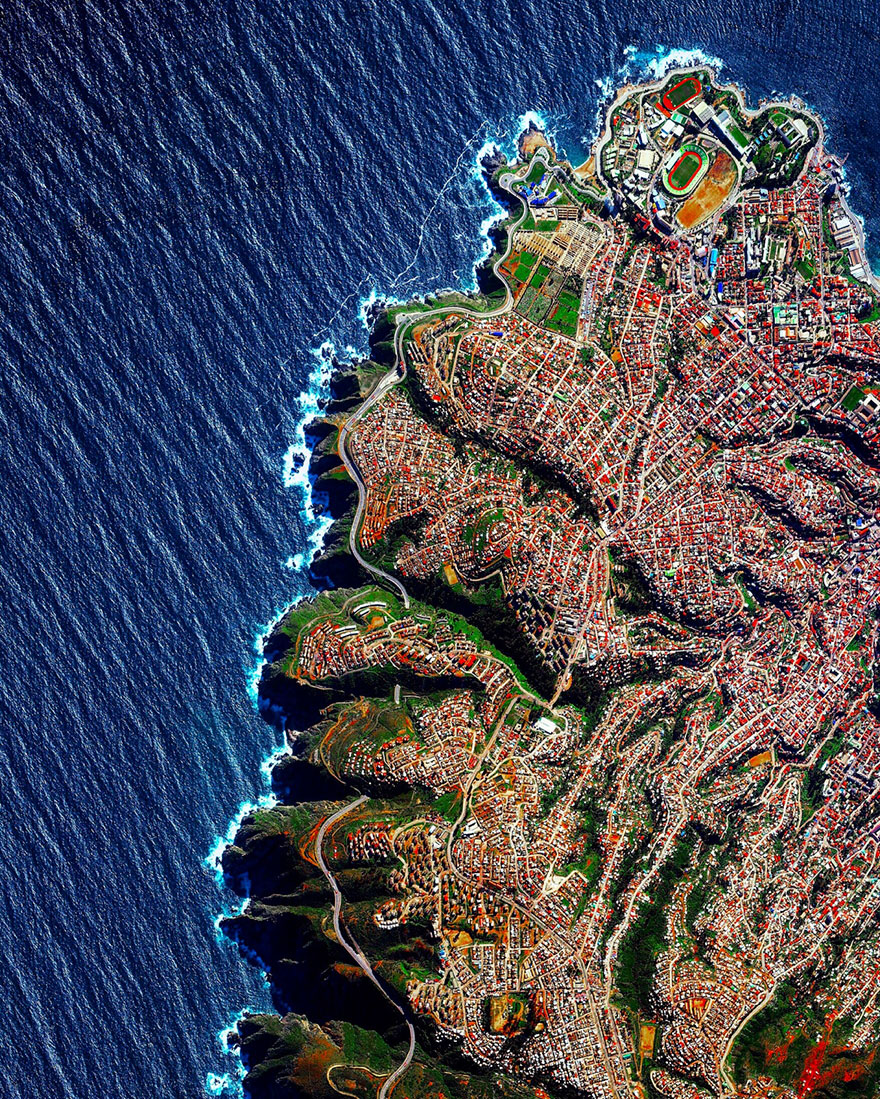
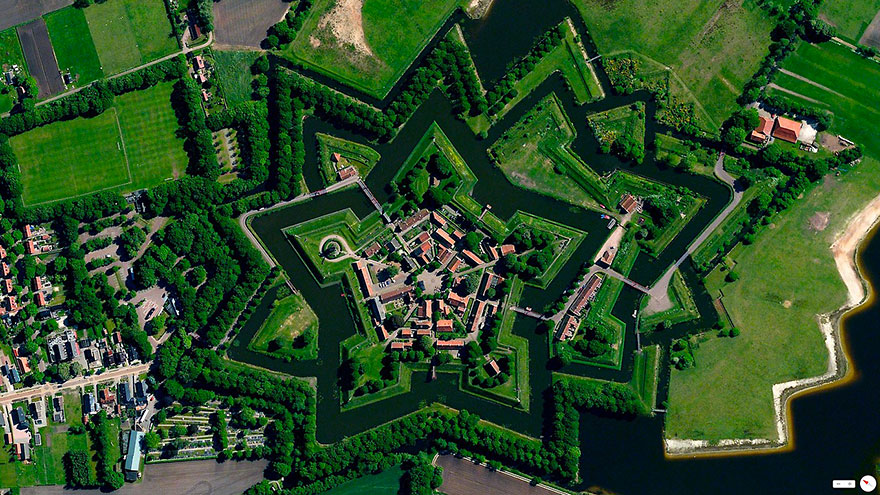

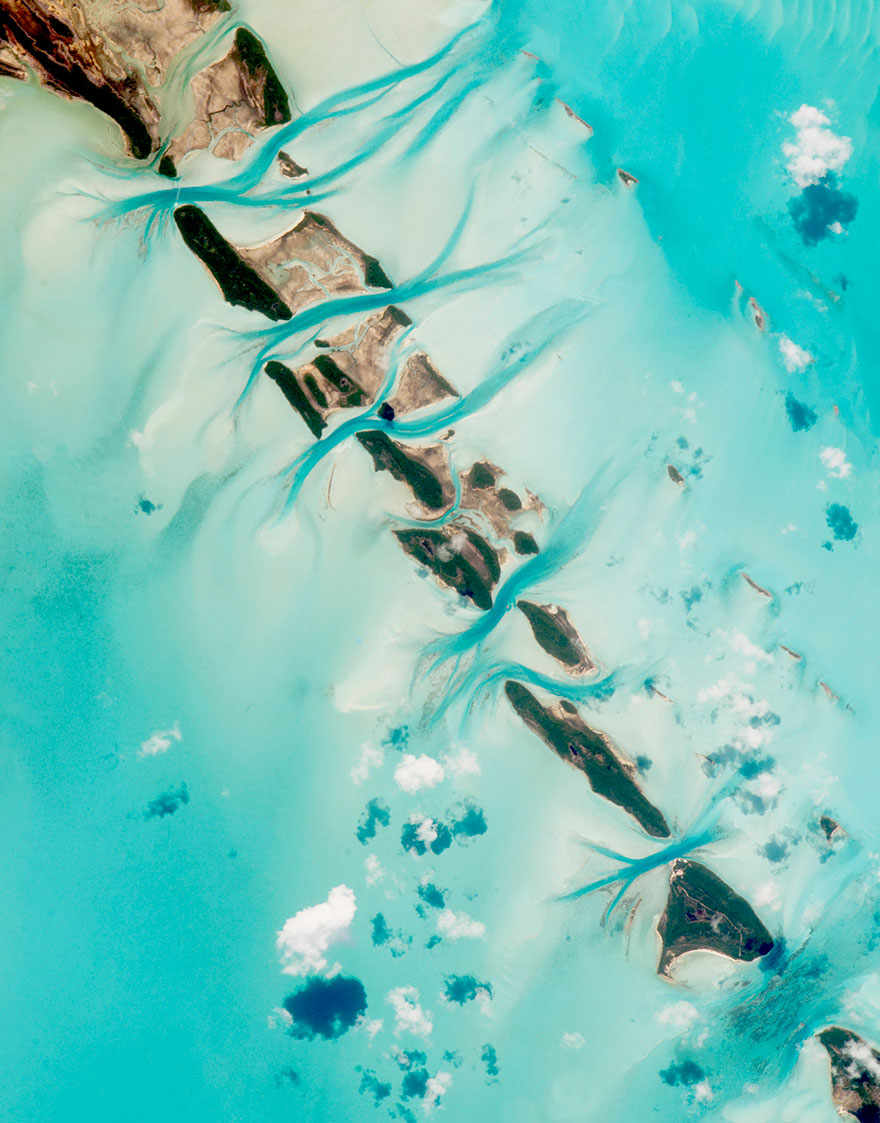
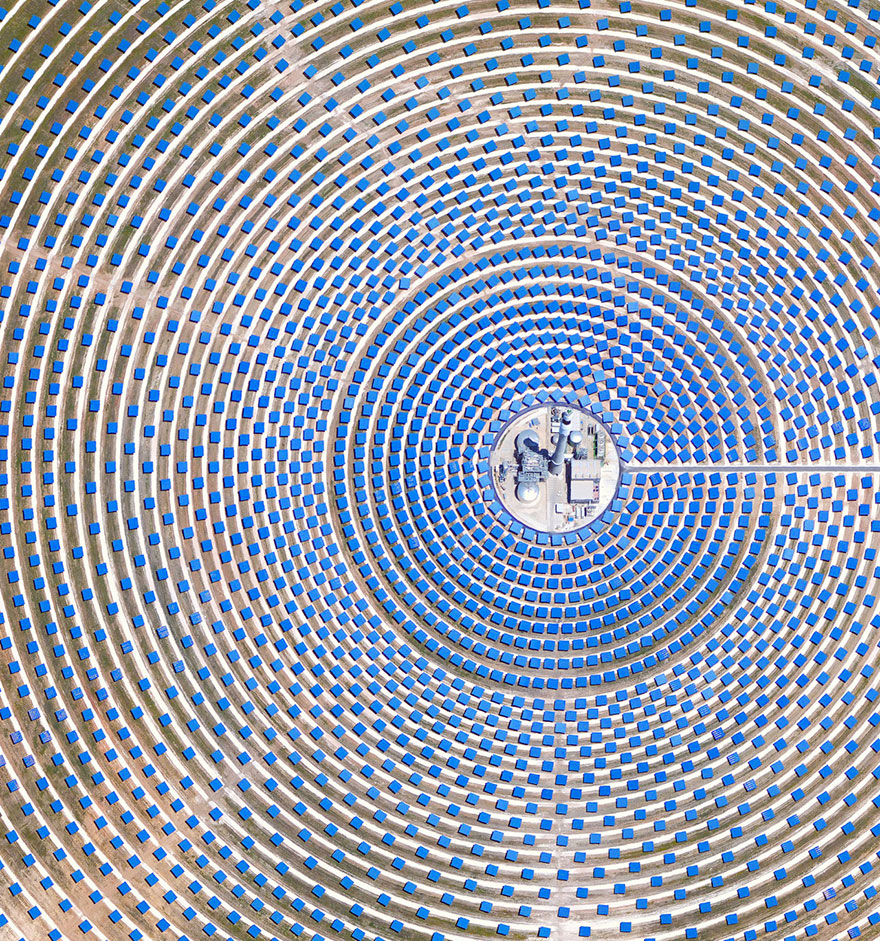
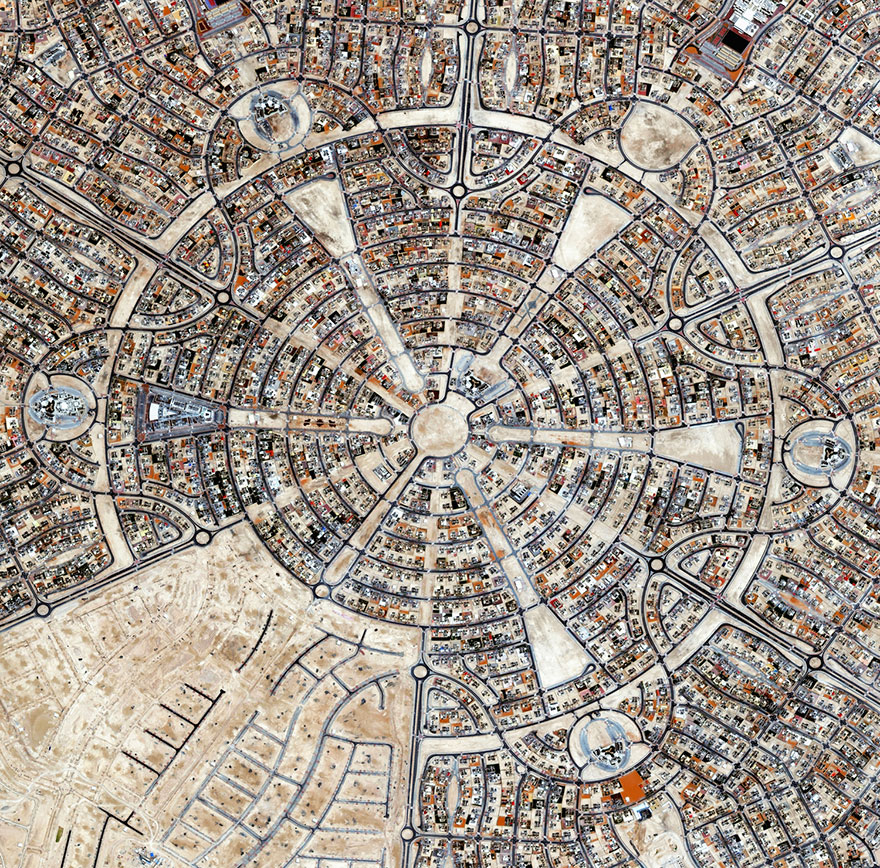
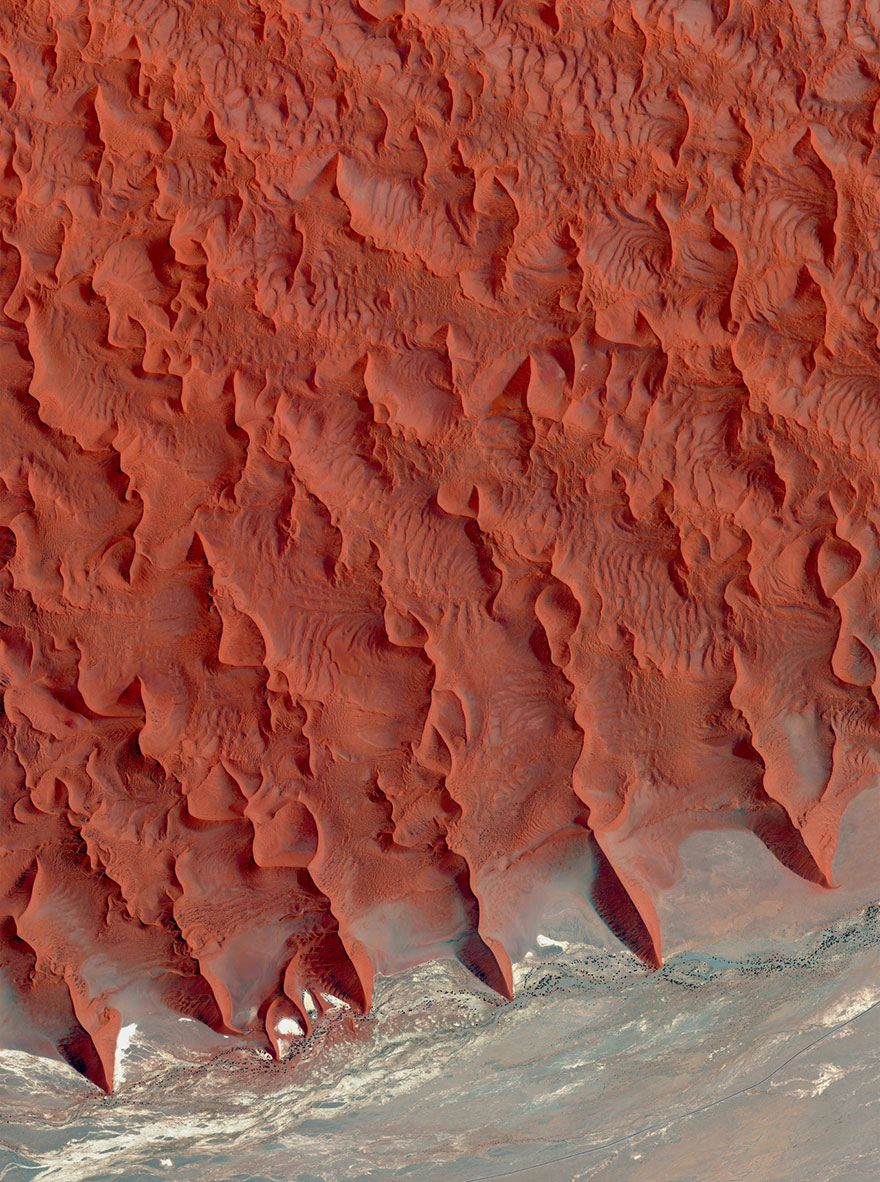
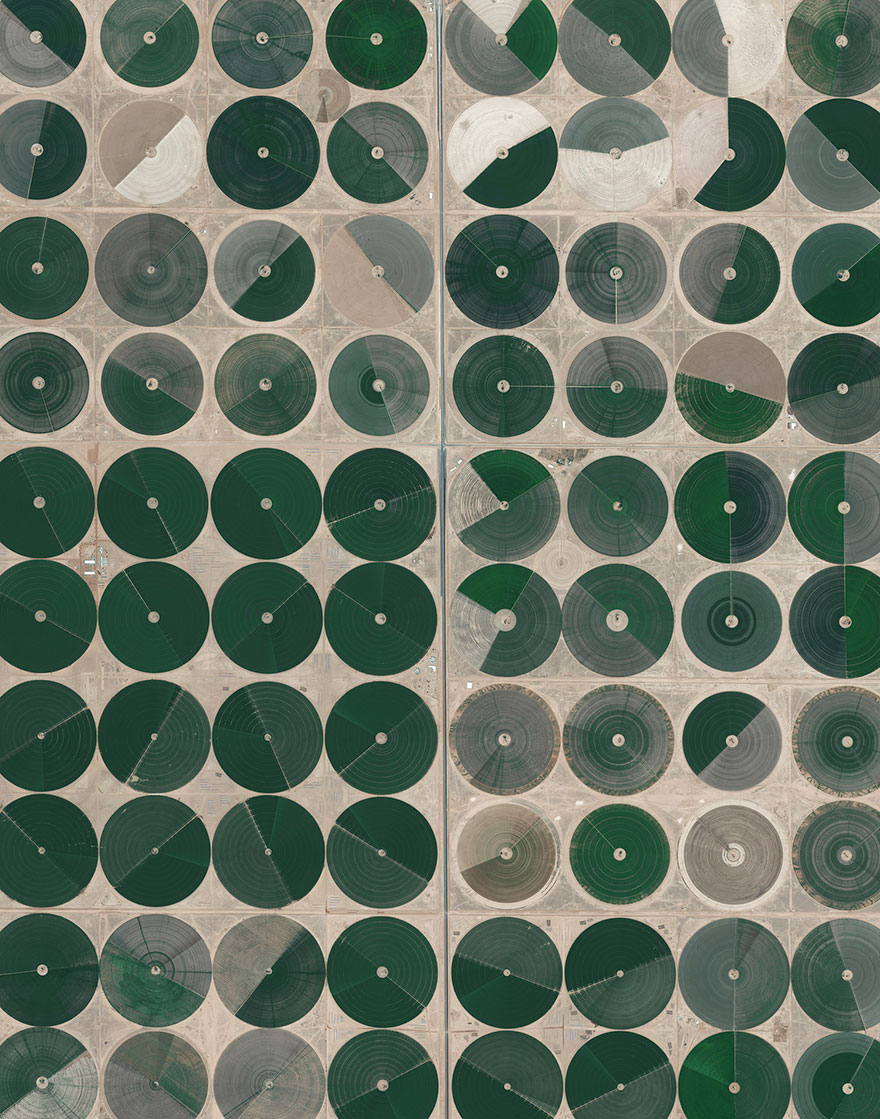
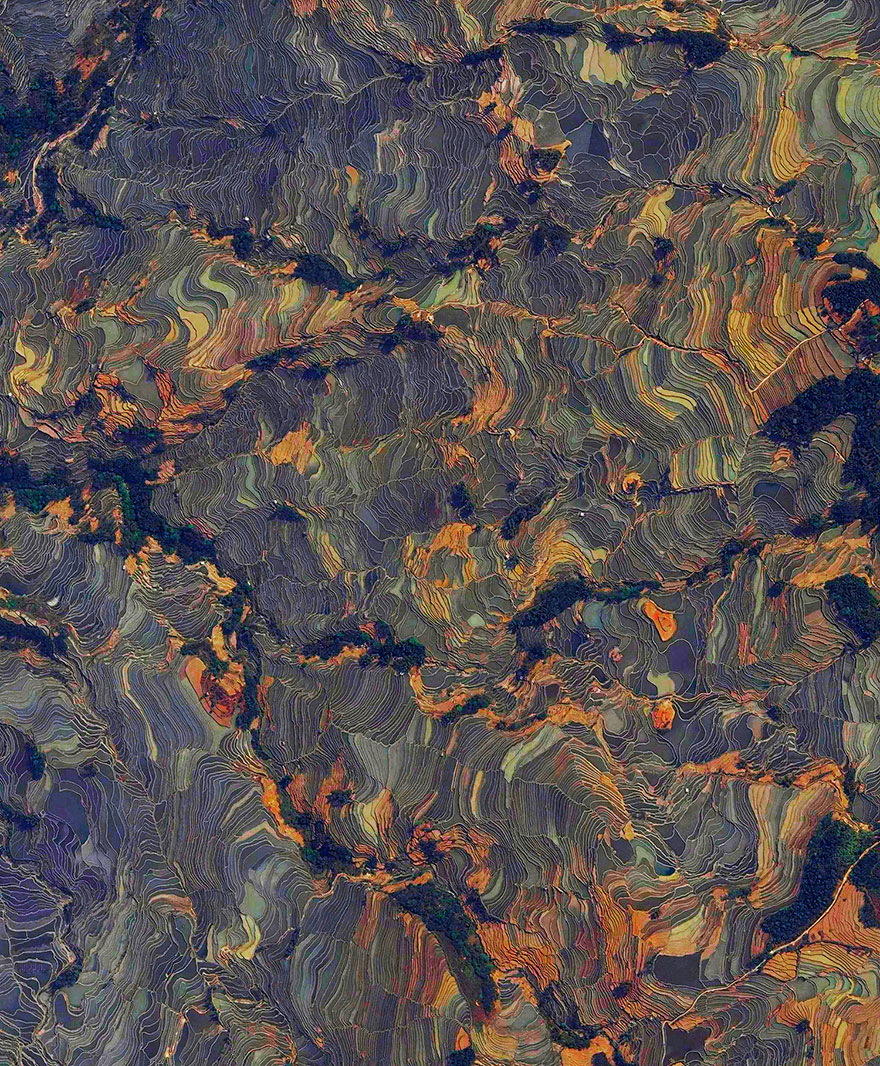
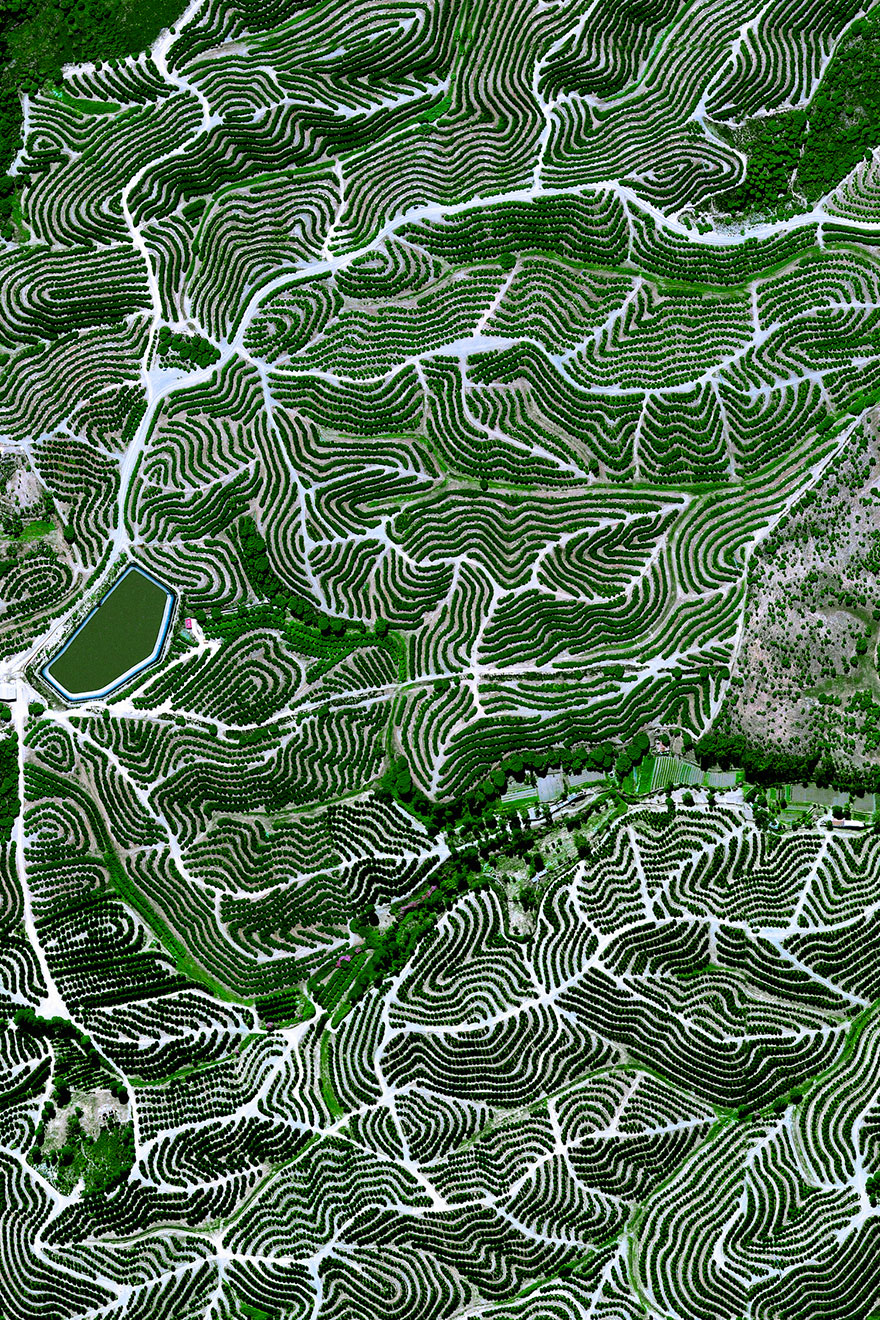
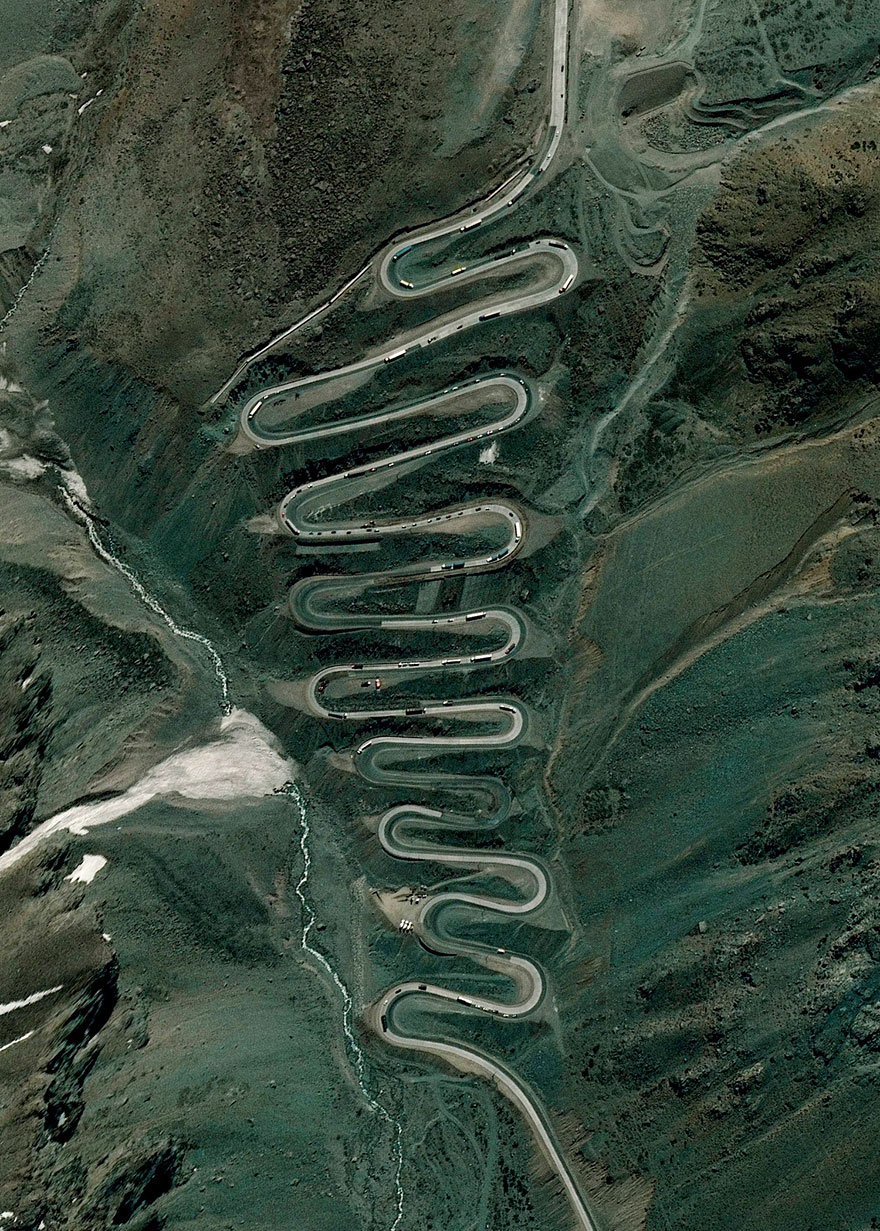
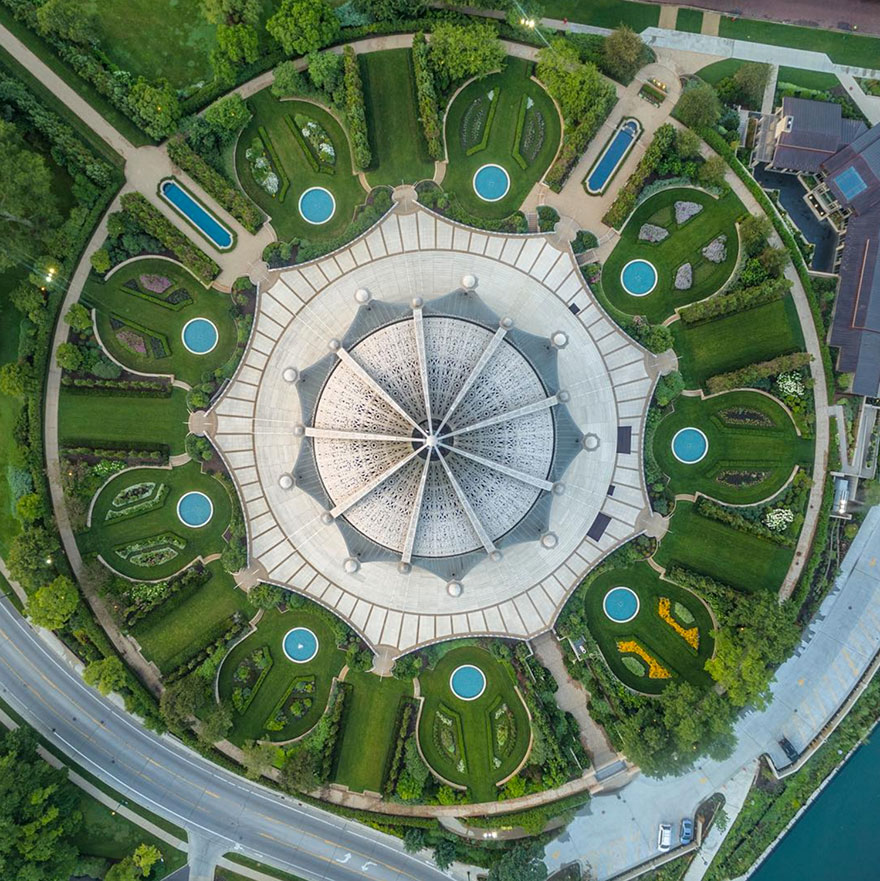
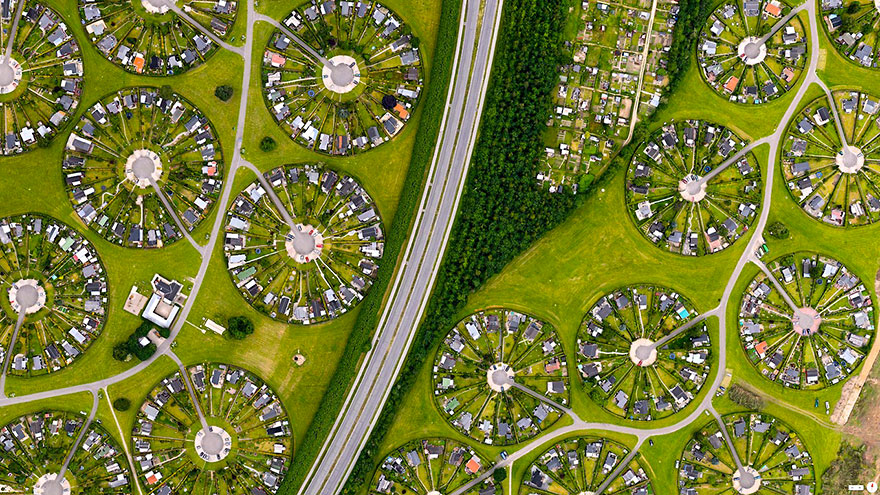

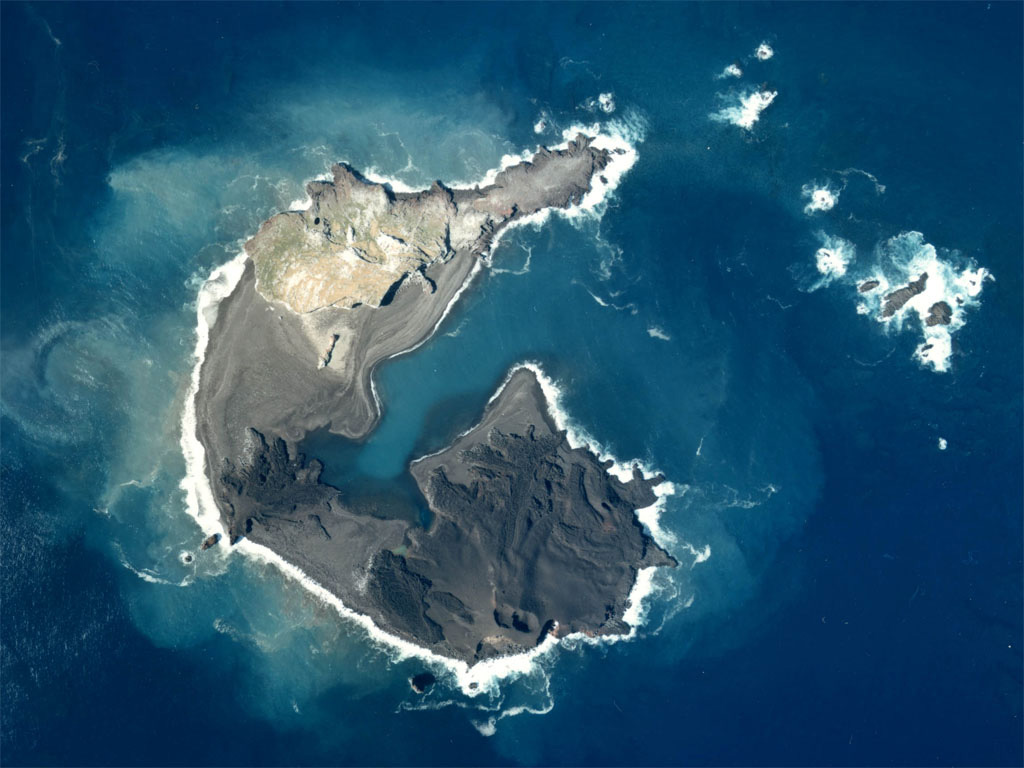 Aerial photograph of Nishinoshima in 1978National Land Image Information Color Aerial Photographs, Ministry of Land, Infrastructure, Transport and Tourism
Aerial photograph of Nishinoshima in 1978National Land Image Information Color Aerial Photographs, Ministry of Land, Infrastructure, Transport and Tourism 20 November 2013: An erupting undersea volcano starts to form a new island off the coast of Nishinoshima Japan Coast Guard
20 November 2013: An erupting undersea volcano starts to form a new island off the coast of Nishinoshima Japan Coast Guard 20 November 2013: Material from the undersea eruption has begun to form a tiny island off the coast of Nishinoshima Japan Coast Guard
20 November 2013: Material from the undersea eruption has begun to form a tiny island off the coast of Nishinoshima Japan Coast Guard 21 November 2013: An erupting undersea volcano starts to form a new island in the southern Ogasawara chain of islands Kyodo/Reuters
21 November 2013: An erupting undersea volcano starts to form a new island in the southern Ogasawara chain of islands Kyodo/Reuters The new island is pictured merging with the old island on 24 December 2013 Japan Coast Guard
The new island is pictured merging with the old island on 24 December 2013 Japan Coast Guard The new island dwarfs the old island, as seen on 26 December 2013Japan Coast Guard
The new island dwarfs the old island, as seen on 26 December 2013Japan Coast Guard 15 April 2014: There is no longer any distinction between the two islands Japan Coast Guard
15 April 2014: There is no longer any distinction between the two islands Japan Coast Guard 17 September 2014: Volcanic activity continues on the enlarged island Japan Coast Guard
17 September 2014: Volcanic activity continues on the enlarged island Japan Coast Guard An aerial view of the Pacific island of Nishinoshima on 20 October 2016Kyodo/Reuters
An aerial view of the Pacific island of Nishinoshima on 20 October 2016Kyodo/Reuters The crater and cinder cone are seen on 18 October 2016 Japan Coast Guard
The crater and cinder cone are seen on 18 October 2016 Japan Coast Guard Japanese researchers conduct surveillance activities for the first time since its eruption in 2013 Kyodo/Reuters
Japanese researchers conduct surveillance activities for the first time since its eruption in 2013 Kyodo/Reuters